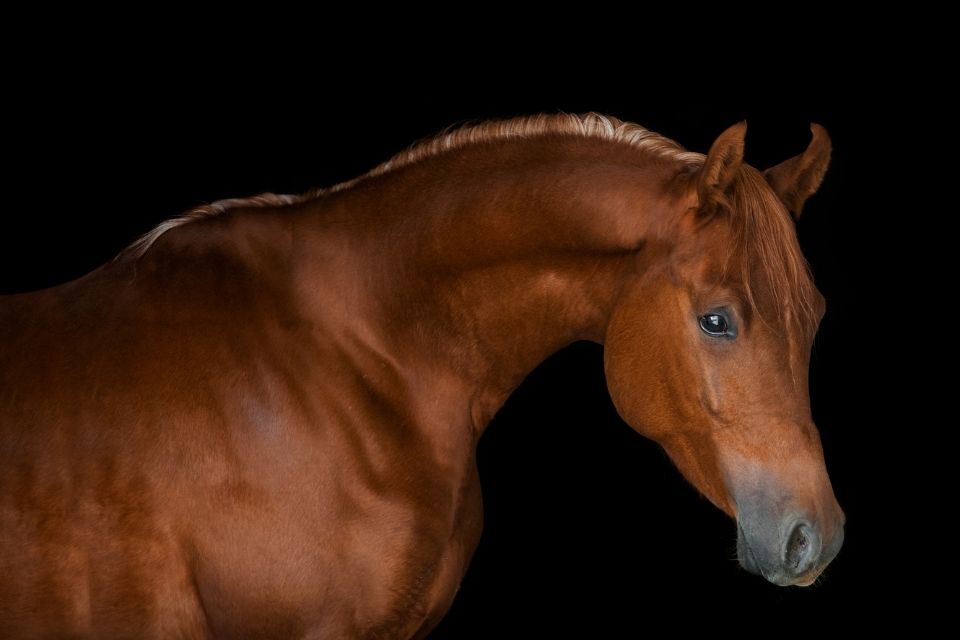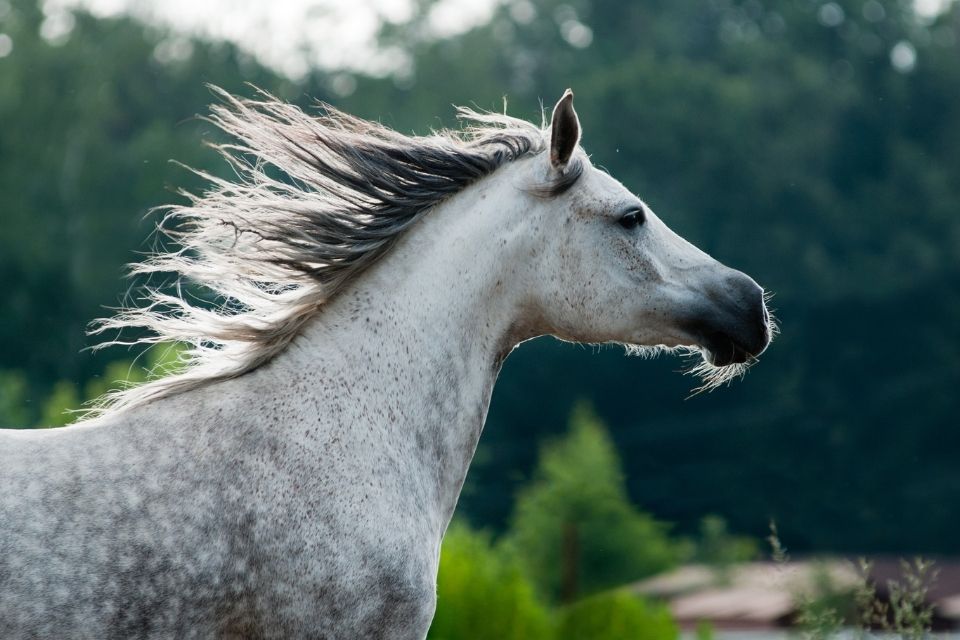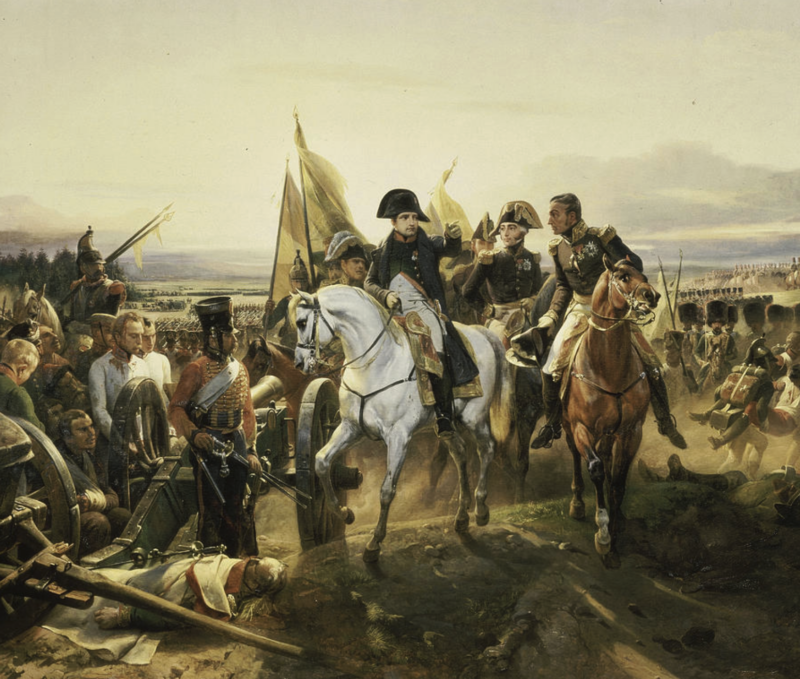
The Walter Farley books, or The Black Stallion, the movie that carried the name of the most famous book introduced many of us to Arabian horses. We dreamed of being Alec Ramsey and galloping along a beach or a racetrack on a beautiful black Arabian horse, with our arms outstretched and our eyes closed as the wind whipped past our face.
The Arabian horse is the horse of people’s dreams. Moreover, it has a long and storybook history, in some cases a violent history as wars have been fought with and over the horses. Arabian horse history also intertwines with the history of horses worldwide, as the breed has influenced just about every breed of horse that exists today and helped create civilizations.
Arabian horses were connected to nobility and higher-ranking people throughout history because they were an early status symbol in many cultures. They were bred for war for generations. Arabians remain a source of pride and enjoyment for those that own them today. The history and uses of the Arabian horse are as fascinating as each individual horse itself.
History of the Arabian Horse
The Arabian horse originated in the deserts of the Arabian Peninsula. This is present-day Kuwait, Oman, Qatar, Saudia Arabia, the United Arab Emirates, and Yemen, plus the southern parts of Iraq and Jordan. Bedouins were the original breeders of Arabian horses. These were nomadic people living in the deserts of the Middle East. This is a very harsh climate, food and water are scarce and windstorms are intense. Consequently, humans often shared their food, water, and tents with their Arabian horses. This developed the intelligence in the horses and bred in an affinity for being close to humans and unwavering loyalty. Basically, they became another family member, and still have this personality today.
The horses developed incredible endurance since the Bedouins bred for those that had the stamina for long treks and quick attacks on enemies. The number and quality of Arabian horses owned measured wealth.
The prophet Mohammed founded the Islamic religion. He lived from 570 – 632 CE and he helped make the Arabian horse a beloved creature worldwide. Mohammed told his followers that the Arabian horses were a gift from Allah or God. Therefore, they had to treat the horses with kindness, and in turn, would be treated well in the afterlife. Mohammed also emphasized the mare line and its importance to the future of the breed.

Breed Characteristics
The breed characteristics of the Arabian horse are distinct, even those with an untrained eye can identify one. The chiseled head with a dished face and large, expressive eyes are features that make the Arabian beautiful and easily identified. They have large nostrils that allow for efficient air intake, and although we can’t see it, they have an incredible lung capacity. Arabians have small, foxlike ears that tip-in. The elegantly arched neck of an Arabian horse connects to a laid-back shoulder and short back. Arabians generally have shorter backs than most breeds because they have one less vertebra. The topline is flat and then extends to an arched tail, completing the picture.
Arabians have high energy and incredible endurance. In fact, they are the most popular breed by a landslide in the sport of endurance riding. However, people in all disciplines enjoy riding Arabian horses because of their floating, and elegant trot. The short back makes this a very smooth gait and pleasurable ride.

The Arabian Horse Conquers the World
Horses allowed humans to travel greater distances. Heavier horses were the norm in Europe since they needed to carry knights in armor. Finally, Arabian horses were introduced to Europe and crossed with the European breeds. Turkish rulers gifted Arabians to European rulers as a result of increased travel. Horses received as gifts include the Godolphin Arabian, The Byerley Turk, and the Darley Arabian. These three stallions influenced the Thoroughbred breed and as a result, almost all Thoroughbreds today trace back to one of them. The Arabian horse went on to shape the rest of the world’s horse breeds and forever change the equestrian world.
Ulysses S. Grant made a visit to Turkey in 1877 and introduced the Arabian to the United States after that. First, Grant received two stallions as a gift from the Sultan of Turkey. Then, he imported two other stallions and two mares from England, and this began the first purebred breeding program in the United States. Finally, Turkey exhibited 45 Arabian horses at the 1893 World’s Fair in Chicago, and the rest, as they say, is history.
The Arabian horse has been a popular mount with military leaders and others throughout history. The famous military leaders George Washington, Napoleon, Genghis Khan, and Alexander the Great all rode Arabian horses or those of Arabian descent. I even have a post about George Washington’s horse, Blueskin. There is also one about Napoleon’s horse, Marengo.
Arabian Horse Families
Dedication to the purity of the Arabian breed started with the Bedouins. In fact, they carefully bred their horses and used line and inbreeding, tracking the pedigrees across generations. There are five families of horses that originated with the Bedouins. These are Kehilan, Seglawi, Abeyan, Hamdani, and Hadban. Secondary strains also developed, including Maneghi, Jilfan, Shuwayman, and Dahman.
From this original breeding, there have emerged six bloodlines that many modern Arabian horses in the United States trace their lineage to. These are Domestic (influenced by the Davenport breeding), Crabbet, Russian, Egyptian, Polish, and Spanish. There are some distinctions among each of the lines, and you will also find many horses that are a cross of several lines, and of course, still purebred Arabians.
Arabians are also popular crosses with other breeds. Many breeds of horses have Arabians as foundation stock or in breed strengthening. Some say that virtually all breeds trace back to the Arabian. There are also registration opportunities for half-Arabian horses. Popular Arabian crosses include Appaloosas and the Morab, a cross with Morgan horses.
The Arabian Horse Today
We only skimmed the surface of the history of the Arabian horse. As you can imagine, a horse that was bred for thousands of years and influenced all other horse breeds has an intricate and fascinating history. The Arabian Horse Association and many other sources can provide a deeper history dive for those interested.
The Arabian horses seen today in the show ring, at an endurance competition, or in someone’s backyard are extremely similar to those bred and ridden by the Bedouins. A variety of disciplines feature Arabians, basically, you name it and they do it. For example, you’ll find Arabian horses in cutting, trail and endurance, dressage, as English and western show horses, jumping, racing, working cattle, carriage driving, and in the reining ring. Arabians are versatile and many compete or work in multiple disciplines.
There are now more Arabian horses in other parts of the world than there are on the Arabian Peninsula. What remains unchanged is the quality of the breed, and their ability to fulfill the dreams of equestrians everywhere.
Sources: Arabian Horse Association, The Black Stallion, ArabHorse.com, and International Museum of the Horse.
